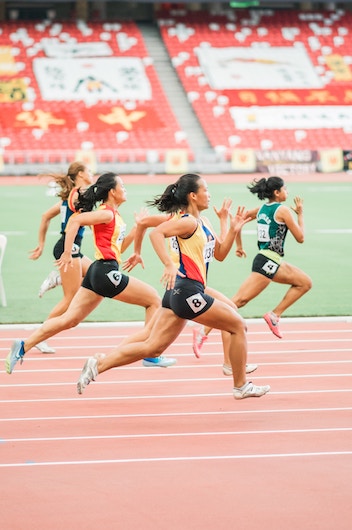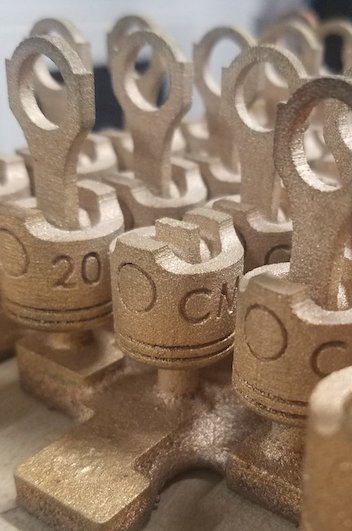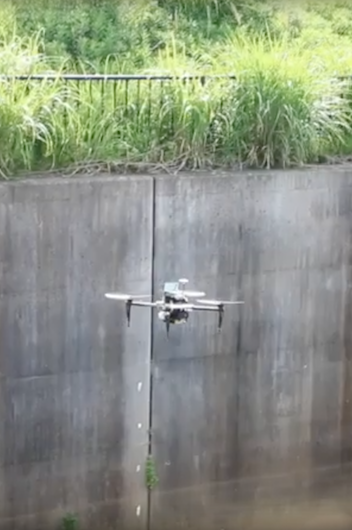

In a world of increasingly complex challenges, our experts are using artificial  technologies and machine learning as integral tools in nearly every area of mechanical engineering.

The idea of self-driving cars or robot aids to help around the house was once a dream of the future. Today, these things are a reality and our faculty are using machine learning to make human-robot interaction safer, and smarter. Faculty involved: Jonathan Cagan, Amir Barati Farimani, Eni Halilaj, Philip LeDuc, Conrad Tucker, Ding Zhao

Machine learning can help us to improve human health in many ways, like predicting and preventing musculoskeletal injuries, personalizing rehabilitation, and developing antibodies to thwart quickly-mutating pathogens. It can also help us to enhance the analysis of medical imaging, model the complex geometry of neurons, design synthetic biological systems, and provide a patient's vital signs to a medical team before arriving at the hospital. Our mechanical engineers bring their unique expertise to these biomedical challenges. Faculty involved: Jonathan Cagan, Amir Barati Farimani, Eni Halilaj, Philip LeDuc, Conrad Tucker, Jessica Zhang, Inseung Kang

Safer, more robust batteries. new ceramic polymer hybrid materials that require less energy to produce. heat transport prediction and improved energy conversion. These are some of the areas our faculty are investigating with the assistance of machine learning tools. The computational power of machine learning can screen and reject millions of possible combinations that allow researchers to hone in on the best solutions. This process would otherwise take decades of trial and error in a laboratory setting. Faculty involved: Amir Barati Farimani, B. Reeja Jayan, Shawn Litster

With artificial intelligence and machine learning, our experts are transforming and optimizing design and manufacturing. Here are a few examples: creating new concepts for cars and aircraft with design DNA; using computer vision to detect flaws during 3D printing; turning static drawings into active simulations with smart design tools; and developing virtual reality engineering simulations to place students in an interactive, immersive manufacturing environment. Faculty involved: Amir Barati Farimani, Jack Beuth, Jonathan Cagan, Burak Kara, Christopher McComb, Sneha Prabha Narra, Kenji Shimada, Conrad Tucker, Jessica Zhang, Inseung Kang

Inspecting canals and power plants with drones, mapping air pollution and calibrating low-cost air quality sensors, desalinating water with new, energy-efficient materials, and using social media data to predict threats. these are a few examples of how machine learning can play a role in maintaining and improving the infrastructure in our communities. Faculty involved: Amir Barati Farimani, Albert Presto, Kenji Shimada, Conrad Tucker